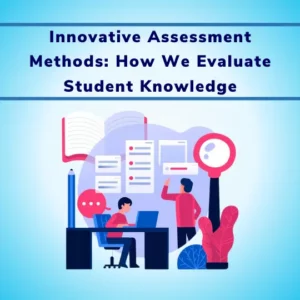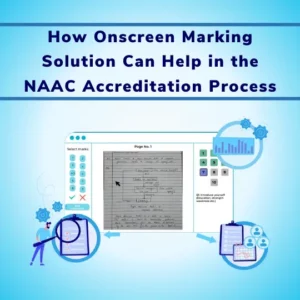
With the changing times, the way of learning is changing, the last decade has witnessed a paradigm shift in the approaches of learning and teaching. Academicians and students are preferring the online mode of learning owing to the convenience, flexibility and such numerous advantages of newer technologies. The adoption of technology reached its peak in the last few years, and is being used to streamline the majority of crucial organizational activities.
Considering the advantages of online learning, the governments are allowing the students to take some part of their course in online mode by adhering to the standard practices given by the government. Education regulatory authorities are publishing guidelines from time to time to regulate remote learning.
Government bodies are not only encouraging the online and distance learning courses through private institutes but have launched their own online learning platforms, referred as Massive Online Open Courses (MOOCs) through portals like iLearn and SWAYAM, to improve the accessibility of the content, government has created the courses in regional languages as well.
Apart from these courses offered by the government, a large number of institutions and experts are launching their own online and distance learning courses, these courses can be broadly divided into two categories, certificate courses and degree/diploma courses. The institutes and colleges which are affiliated to universities registered with UGC (India) or relevant education regulators with necessary approvals can start their own degree/diploma courses in distance learning mode. These courses need to be designed in accordance with the UGC guidelines for online and distance learning courses.
Once the necessary approvals are obtained, you can create your own distance learning program, designing the distance learning course is a major and important task to deal with.
here are the steps to design your own distance learning program-
Article Contents
Step 1: Defining the course structure and scope

Course structure refers to the frame, content and the duration of course. One should take in consideration the following factors
Course Structure
Course subjects should be in compliance with the UGC guidelines, the elective subjects shall be defined by the experts of your institute. One should consider the subjects with higher industrial utility and applicability.
The course content should be oriented towards the industrial skills which would help candidates to land up in the industry with a required skill set.
Course duration
As per the UGC online course regulations 2018, 3 (c) and (f) , the minimum duration of such courses offering certificates should be of six months, for degree and postgraduate courses, it should be three and two years respectively. For a diploma course, the minimum duration is one year.
Industry collaborations
In order to make the course actually fruitful, the industry collaborations can help in multiple ways, the course can be updated time to time considering the real time needs and required skill sets in the industry.The practical sessions and seminars can be delivered in online mode, moreover, you can allow the interested students to visit the industry to gain practical experience. This activity must be optional for the candidates.
Making and credit structure
The credit refers to the unit award given to students on completing the course activities of choice based credit system, students need to complete the activities and earn minimum required credits to pass the course. You can define certain assignments for the students as part of assessment.
Step 2: Required Expertise for Online Programs

The institute creating distance learning programs needs to establish a center or cell which would be constituted of administrative staff including director, deputy director, section offices and the academic staff including course coordinator and mentor. There is a mandatory requirement of one mentor per 250 learners.
In order to streamline the content generation, the institute needs to hire the technical personnel, who would be responsible for academic content generation, optimization, delivery and storage. The person taking care of technical requirements of a distance learning program is referred to as a technical manager.
Step 3: Technical requirements for Online Courses

In order to run a distance education programme efficiently, you need to opt for an efficient learning management system. An ideal learning management system should have following features-
i) Online interactive classrooms
Various researches have shown that the interactive classes can help in better learning, which makes interactive classes an essential feature of an LMS. Considering the number of learners, a large number of learners should be able to join the classroom concurrently, features of LMS should allow the learners to post their queries and interact with the instructor through SMS, video conferencing or any such means.
ii) Attendance management
For better understanding of the course, students shall be encouraged to attend the classes, the attendance of the candidates should be recorded, thus attendance management turns out to be an essential feature of an LMS for distance learning institute. These attendance records need to be stored for future reference, and can be present as part of audits.
iii) Academic content management
The academic content needs to be shared with the candidates from time to time, the access to the content needs to be given in structured manner, for example, the candidate should be able to access the content of second chapter only after passing the assessment based on the first chapter, this can help in making the course more organized.
Technical manager and associate from your institute would be responsible for managing the academic content and its access to the candidates.
iv) Proctored assessments
The assessment shall be conducted from time to time as an essential part of the course.
a) Malpractice free assessments
Reliability of the results of courses will totally depend on the mode of assessment, the online invigilated assessments turn out to be an excellent solution to curb the possible malpractice during the online assessment.
b) Question types
Exams may consist of multiple types of questions including multiple choice questions, fill in the blank, short answer, long answer, multiselect to count a few. Certain questions may be based on paragraphs and the diagrams, the LMS platform supporting all such question types would be ideal for the distance learning programs.
c) Online paper checking
In case the exam consists of theory questions, the examiner needs to evaluate the papers. This activity can be done through an online paper checking module, if your exam would contain theory questions, online paper checking turns out to be a helpful feature for you.
d) Transparency of the online assessment
Transparency needs to be maintained throughout the online assessment process, the necessary reports and copies need to be stored for the reference of authority and internal auditing team, an LMS should be competent to store the relevant data in secure cloud storage.
Step 4: Setting up quality assurance team

It is important to deliver the quality content to the candidates, the internal quality assurance team would be responsible for conducting the internal audits and making sure that the course is being run in accordance with regulatory requirements.
Apart from conducting internal audits, the internal quality assurance team would be responsible for training the staff for their day to day activities in delivering the distance learning course. Technically competent personnel with adequate experience and knowledge of educational course regulation shall be appointed for leading the quality assurance team.
Step 5: Delivering the online learning course

Once all the previous mentioned steps are completed, It is time to deliver the distance learning course to the students. The course coordinator, technical team and course mentors need to work collaboratively to deliver the course efficiently. The support team (as a part of the technical team) would be responsible for troubleshooting the problems faced by candidates at any point of time in the distance learning process.
Online exams can also be conducted using Online Slot Booking Mechanism.
By virtue of its cutting edge advantages, the technology has empowered the education sector to serve better to the students. Distance learning has enabled students to learn without any geographical restrictions as per their time conveniences. No wonder that the distance learning courses are becoming popular among students and institutes are widening the knowledge pool by leveraging the best of technology.



![How Government-Led Exams at 250+ Locations Are Setting New Standards of Integrity [Case Study]](https://www.eklavvya.com/blog/wp-content/uploads/2024/04/Enhancing-Exam-Integrity-Government-Certification-in-250-Locations-150x150.webp)
![Transforming Central Govt. Exams Evaluation: How Onscreen Marking is Leading the Charge [Case Study]](https://www.eklavvya.com/blog/wp-content/uploads/2024/04/How-Onscreen-Marking-Revolutionized-Central-Govt-Exams-Case-Study-1-150x150.webp)
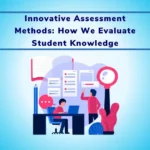


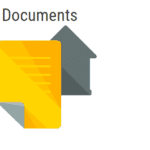









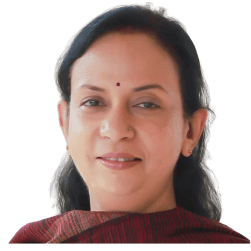


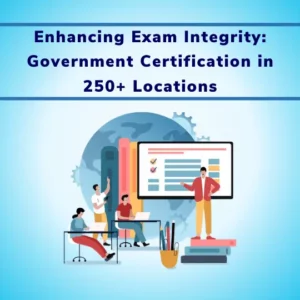
![How Onscreen Marking Revolutionized Central Govt Exams [Case Study]](https://www.eklavvya.com/blog/wp-content/uploads/2024/04/How-Onscreen-Marking-Revolutionized-Central-Govt-Exams-Case-Study-1-300x300.webp)
